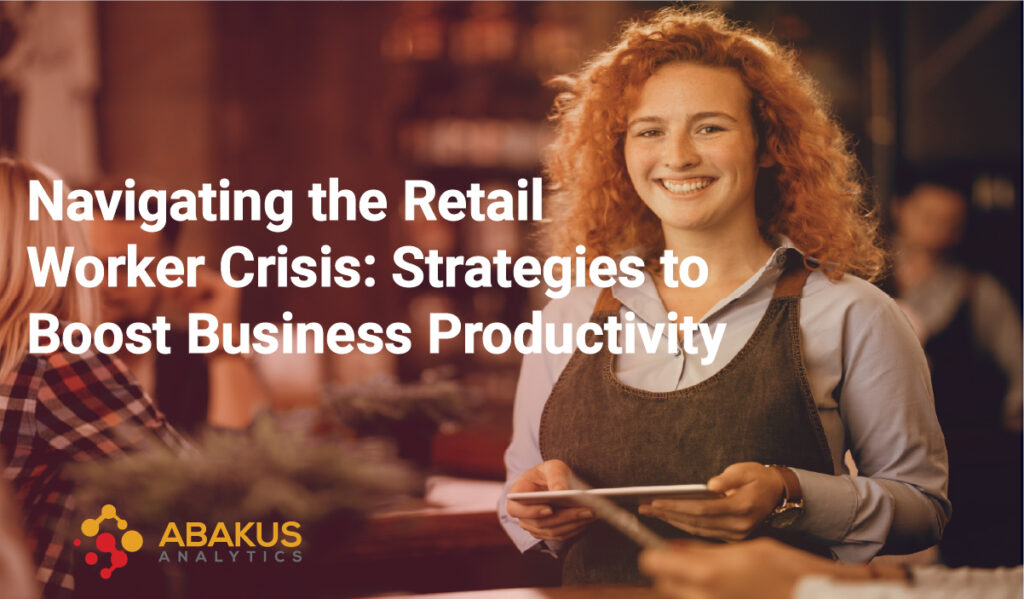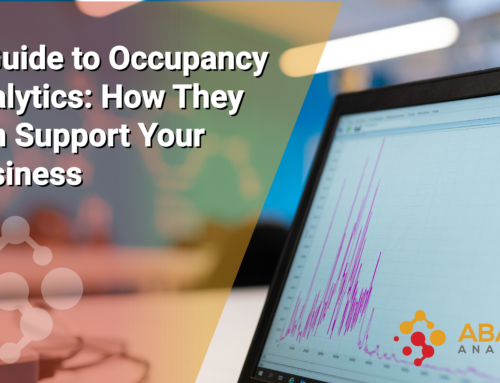
In November of last year, the Australian Bureau of Statistics published data indicating that the number of job vacancies in the retail industry had risen by 8.2% since August, with approximately 49,900 vacancies available.
The retail industry in Australia has been experiencing a crisis in recent years. The increasing competition from online retailers, rising costs of rent and wages, and changing consumer behaviors have all contributed to declining sales and profits for many stores. Furthermore, the COVID-19 pandemic has exacerbated these challenges, leading to widespread store closures and job losses.
A major concern for retailers in Australia is the lack of skilled and knowledgeable retail workers. This shortage often leads to difficulties in recruiting and retaining employees, causing turnover rates to increase and productivity to decline. As a consequence, customer service is adversely affected, as stores may be understaffed and unable to provide satisfactory assistance to shoppers. This leads to customer frustration and lost sales for retailers.
Despite these challenges, some retailers have adapted and thrived by embracing new technologies and strategies, such as e-commerce, omnichannel retailing, and people-counting software.
How can People Counting Software help?
People counting software is a valuable tool that can help retailers optimize their staffing levels and improve the customer experience. This software uses sensors and cameras to track the number of people entering and exiting a store, providing valuable insights into foot traffic patterns and customer behavior.
By analyzing the data collected by people counting software, retailers can better understand their busiest times and adjust their staffing levels accordingly. For example, if a retailer sees a surge in foot traffic during lunchtime on weekdays, they can schedule more staff during those hours to ensure that customers receive prompt assistance and that sales opportunities are noticed.
People counting software can also help retailers identify and address potential bottlenecks in their stores. For example, if a retailer notices that there is a high number of customers entering their store but few making purchases, this could indicate that there is not enough staff available to assist customers or that there is a problem with the store layout.
By addressing these issues, retailers can improve the overall customer experience, leading to increased sales and customer loyalty. Additionally, by optimizing their staffing levels, retailers can reduce labor costs and improve profitability.
In conclusion, the retail worker crisis in Australia is a significant challenge facing the industry. However, with the help of people counting software, retailers can optimize their staffing levels and improve the customer experience. This technology provides valuable insights into foot traffic patterns and customer behavior, allowing retailers to adjust their staffing levels and address potential issues in their stores. By embracing technology, retailers can stay competitive and thrive in a challenging retail landscape
For more information about People Counting software, get in touch with Abakus Analytics today.






